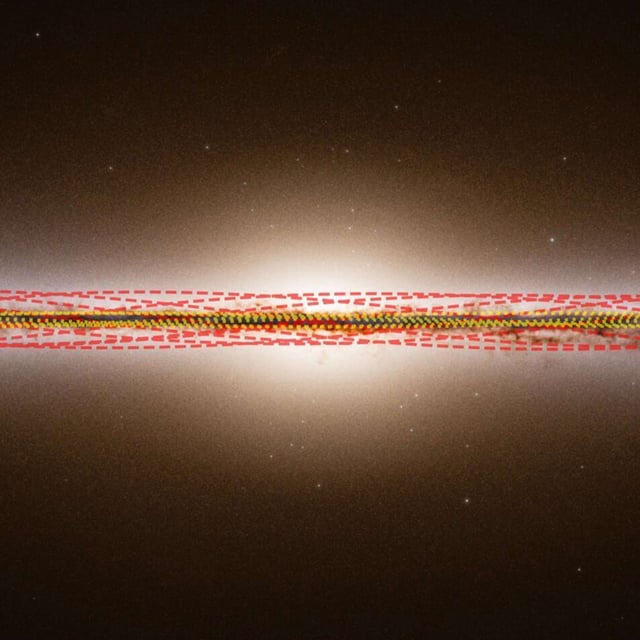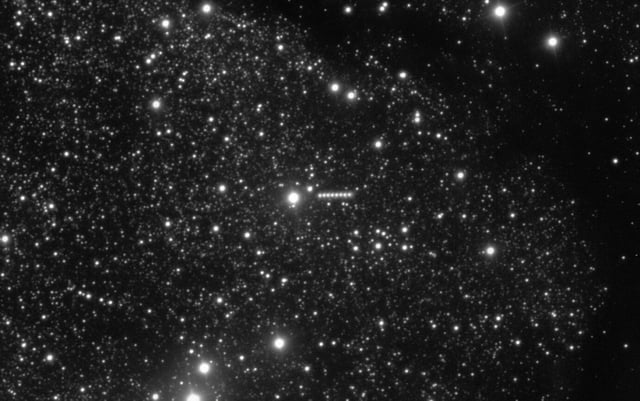Overview
- An Oxford research team at the National Astronomy Meeting estimated that the comet formed more than seven billion years ago in the Milky Way’s thick disk.
- Spectroscopy and imaging confirm that the comet has an icy, water-rich nucleus about 10–20 kilometers across with an active coma and developing tail.
- Its hyperbolic trajectory confirms it as the third known interstellar visitor and offers a rare opportunity to study material from another planetary system.
- NASA projects it will remain at least 240 million kilometers away from Earth, posing no risk to our planet.
- Observatories worldwide are intensifying monitoring as it nears a 1.4 AU perihelion in October and makes a close pass by Mars’s orbit.

